A fellow Outward Bound Instructor once joked that she had a long list of skills on her Outward Bound resume—including, but not limited to:
- Making brownies for 12 people on a camp stove in the middle of a rainstorm
- Intuitively knowing when 30 minutes had passed to drink purified water
- Being able to tie a bowline knot without looking
When I’m faced with a big challenge in my life outside of Outward Bound, I come to realize how most Outward Bound resumes are much lengthier than that.
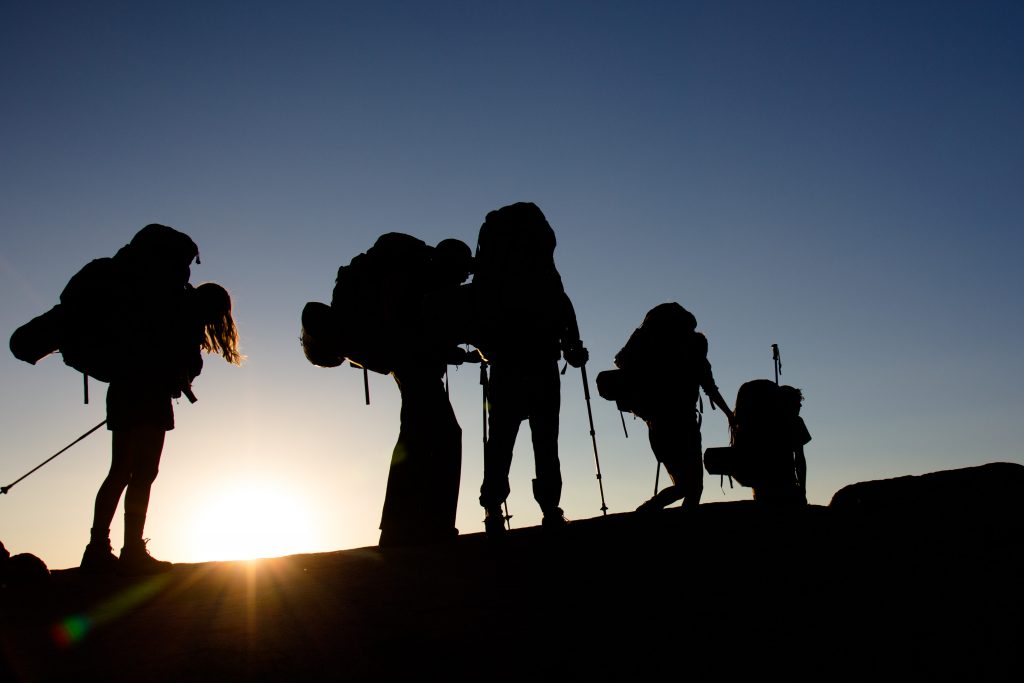
I’ve compiled a list of the top three accolades I believe are on every Outward Bound alumni’s resume. How does yours compare?
We’re Okay With Not Knowing What Comes Next
Bushwhacking is the name for trudging off-trail through the woods on a compass bearing, with the occasional spruce bough snapping back in your face. During bushwhacking, it’s often the first time that most crew members have experienced genuinely not knowing where they are. Many times there’s an estimate based on compass bearings and landmarks, but it can take hours of faithful hiking through foreboding terrain to reach a landmark that gives unequivocal confirmation.
The society in which we live has developed so many ways for us to know where we are and what comes next—GPS mapping, dropping a location pin on a smartphone based on satellite location or downloading a weather app that predicts next week’s rain. Many people are losing the fine skill of being sincerely disoriented and the problem-solving that disorientation requires.
Learning to be comfortable with disorientation means first learning how not to panic. The age-old advice for the hiker who’s lost in the woods is to stay put and take a deep breath. Often, when hikers continue moving after realizing they don’t know where they are, they become even more exhausted and lost.
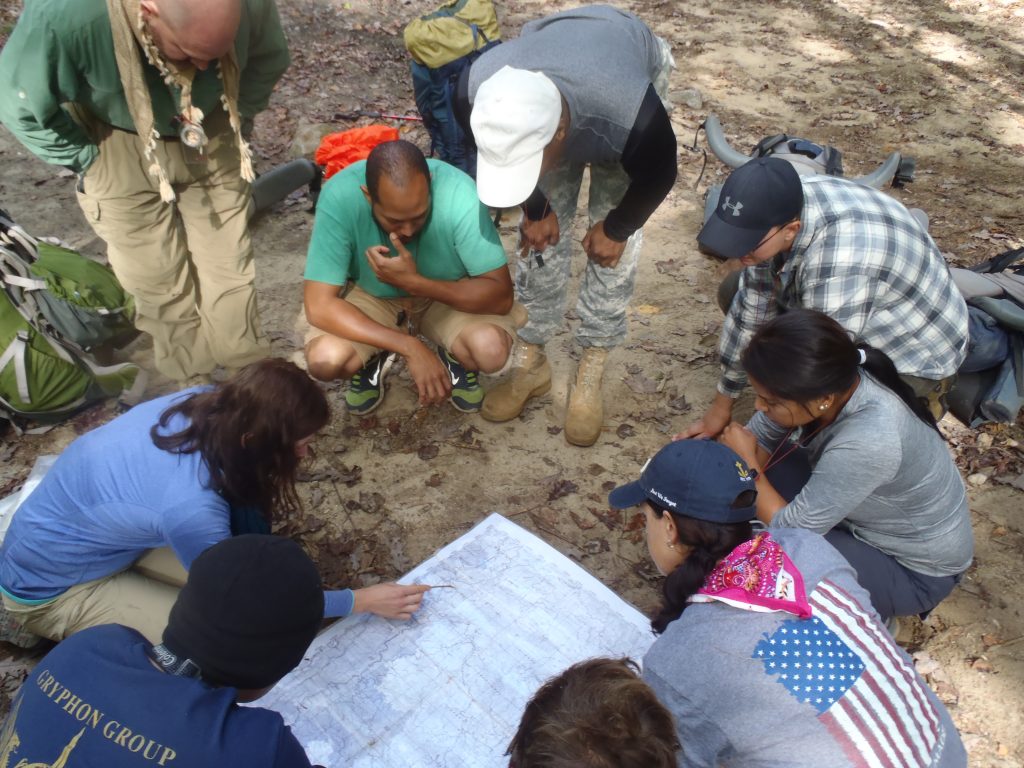
Outward Bound alumni have practice being in situations of disorientation and cooling the panic response in order to think rationally. Problem-solving amidst disorientation involves being attuned to the needs of the group and being acutely aware and observant of surroundings. It requires patience and persistence to continue forward not knowing if the group will hit the trail they’re looking for that afternoon or the following morning. It also requires a whole lot of good humor.
We Can Analyze Risk
Climbing up a cliff wall often seems frightening, but given the security of the belay system while rock climbing, it’s actually safer than driving in a van to the airport. Students are often surprised to hear that, and it’s the beginning of a progression of identifying the difference between perceived risk and actual risk. The ability to distinguish these allows us to approach risk-taking in a clear-headed way.
When choosing whether to continue hiking into the night, whether to make a peak attempt, or whether to paddle a whitewater rapid, our students practice a variety of techniques to analyze the risk of that course of action. What are the subjective risks—the energy or the group, hunger, potential injuries? And what are the objective risks—the weather, the upcoming terrain, the availability of evacuation?
Once students identify these potential risks, they can analyze their probability and severity. A crew will pay special attention to avoid making a decision where the consequence would be unlikely but extremely severe, or a risky consequence that would be mild but extremely likely. Throughout the course, Instructors teach the crew to take on more and more autonomy in adopting these approaches to risk analysis into their own thinking.
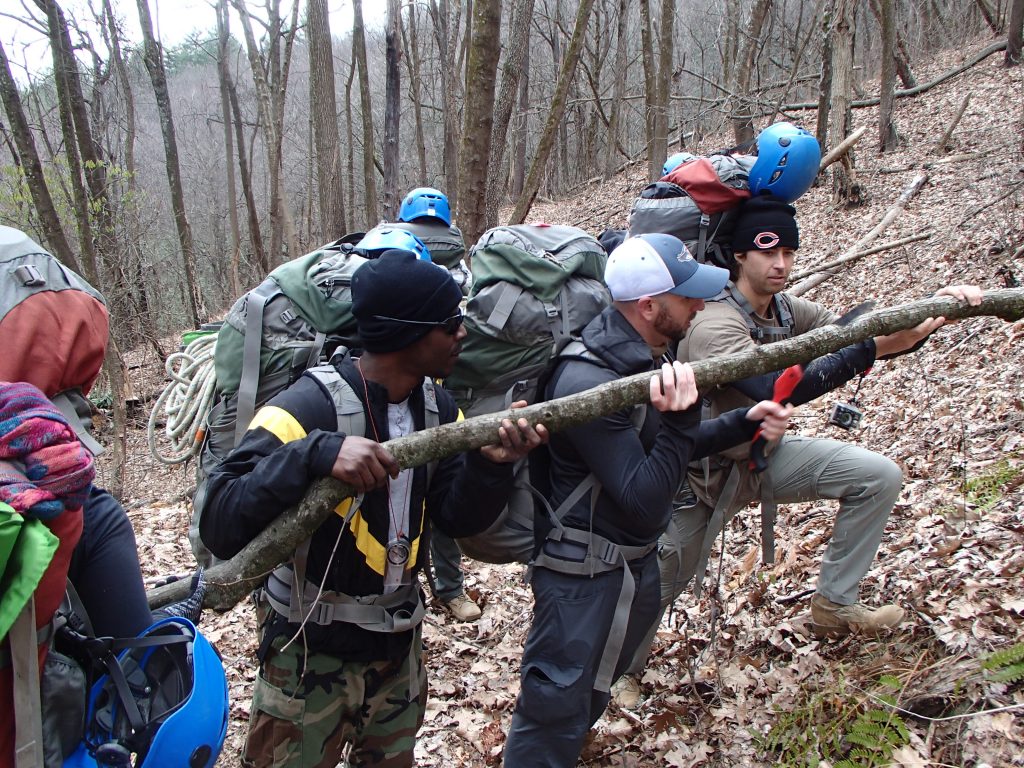
We Understand That the Individual and the Group Are Inextricable
Every morning, a crew on a sailing expedition plunges into the ocean together for the morning dip. Everyone shares meals, everyone takes turns on a rotation of steering, navigating, sheeting and cleating, and keeping watch. Everyone rolls out the tarp to sleep under, everyone takes their shift on the night watch.
On an expedition, students learn how a community can only achieve what they can achieve together. A hiking crew will only go as far as everyone can go together. Interdependence arises between a group of strangers, and a crew takes turns offering leadership, offering support and having times to rest.
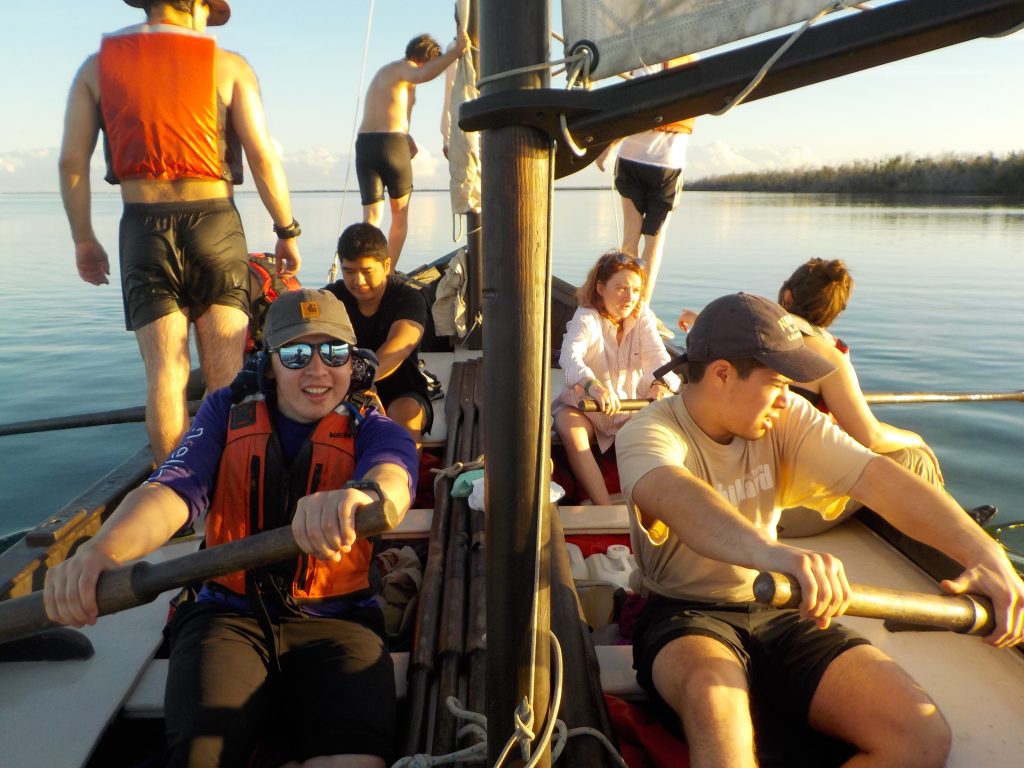
Students also learn about situational leadership and how different circumstances demand different leadership styles within a community. Throughout an expedition, a host of different leadership styles are practiced depending on the time required to make the decision. This also includes the level of group involvement needed from the leader of the day making decisions and announcements, to the group delegating decisions, to discussion-based consensus.
In the settings of challenge and adventure, it becomes clear how the strength of each individual depends upon the strength of the group, and vice versa. In the face of unexpected circumstances, people who have experienced Outward Bound are the folks who know that making it through the route involves a thoughtful balance of self-care as a means of group care, as well as sensible self-denial.
These are the people you want on your team.
These expedition challenges prepare people to be leaders and team members in a huge variety of work settings. Outward Bound courses allow for students to learn about their unique strengths and natural leadership styles, while also widening each crew member’s skill set to allow for effective problem-solving in whatever circumstance presents itself.
A former Outward Bound student will come to a project recognizing the need for creative problem-solving, awareness of consequences and commitment to group work. What Outward Bounders pride themselves on can be applied equally in an expedition setting as in a challenging work environment, being ‘crew, not passengers.’
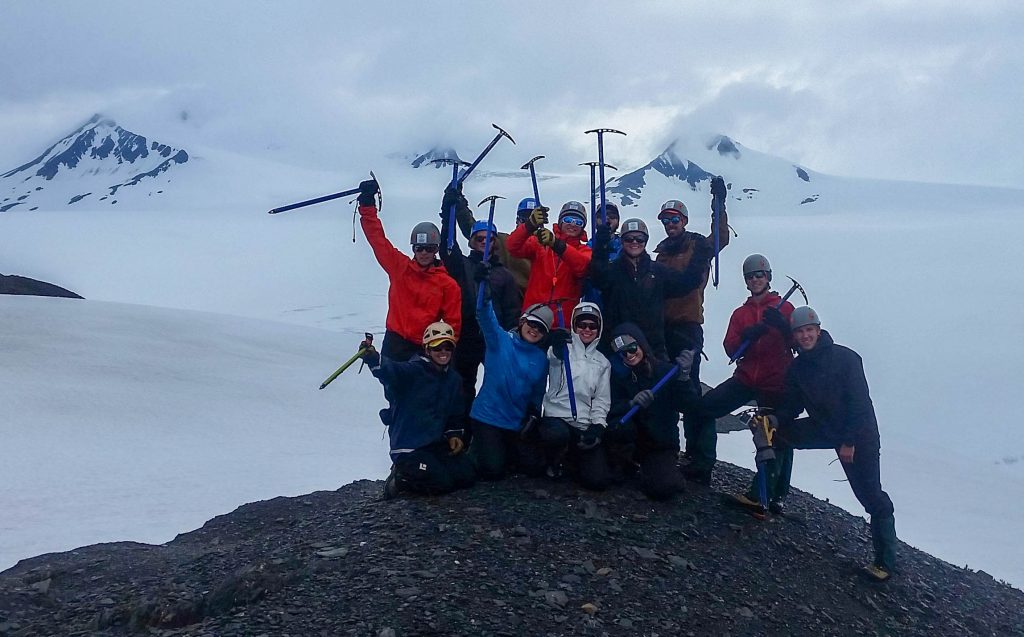
About the Author
Nora Spicer has instructed backpacking and canoeing courses at the Hurricane Island Outward Bound School for five years. She has an MA in Environmental History from Harvard University and aims to bridge wilderness living and academic study through outdoor education. She is currently developing curriculum for an expedition-based semester program traversing US-Mexico borders by human-powered travel, and is traveling for research on Borderlands education.




